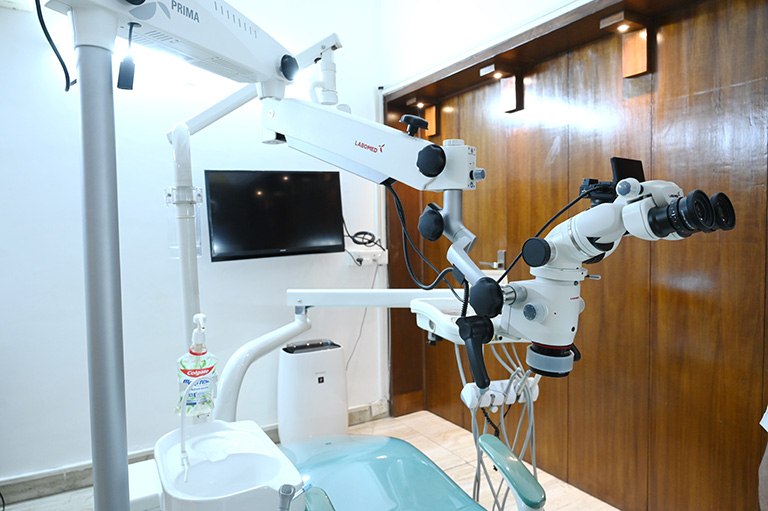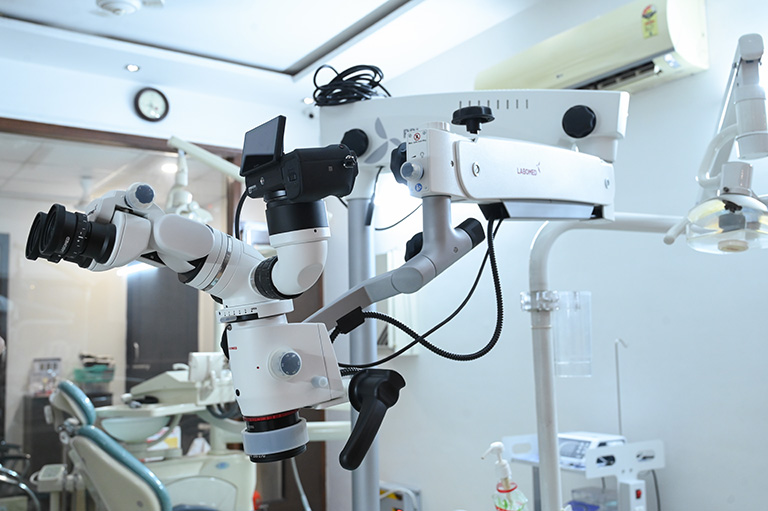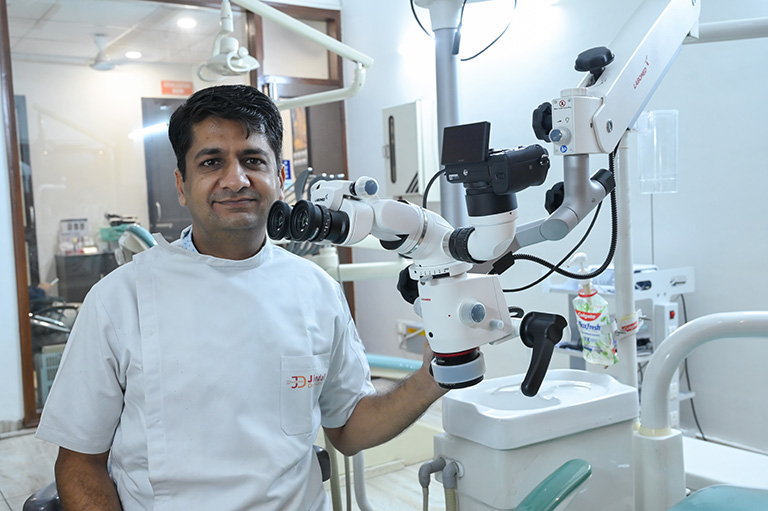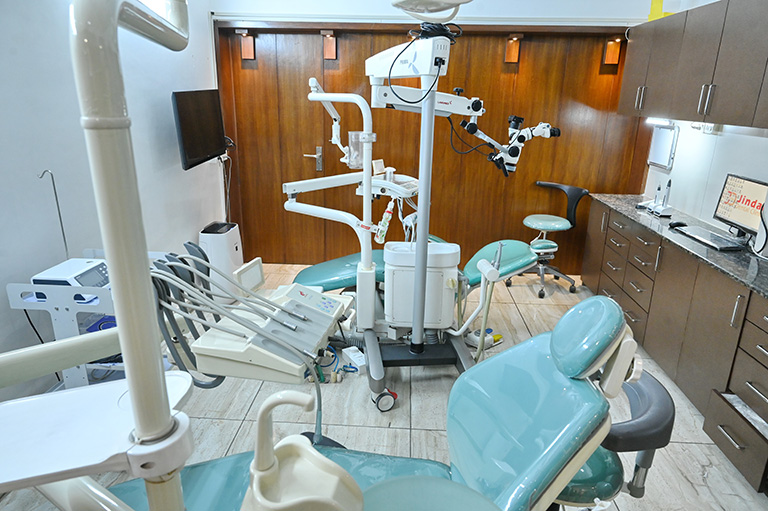I am pleased to share that I’ve authored a new article on BW Healthcare World about the causes and prevention of Halitosis, commonly known as bad breath. In this piece, I discuss the factors that contribute to this condition and offer practical tips to maintain fresh breath and good oral health.
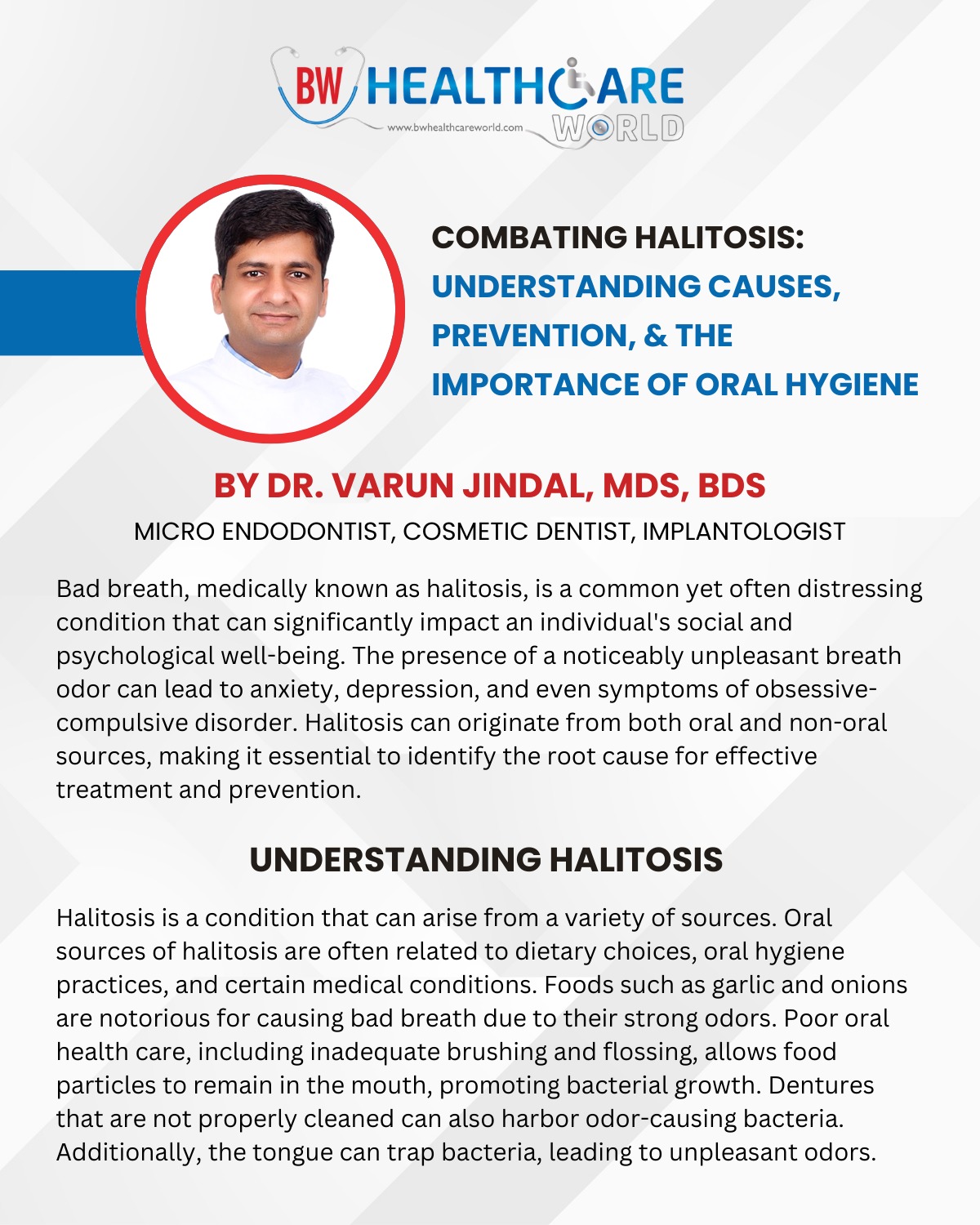
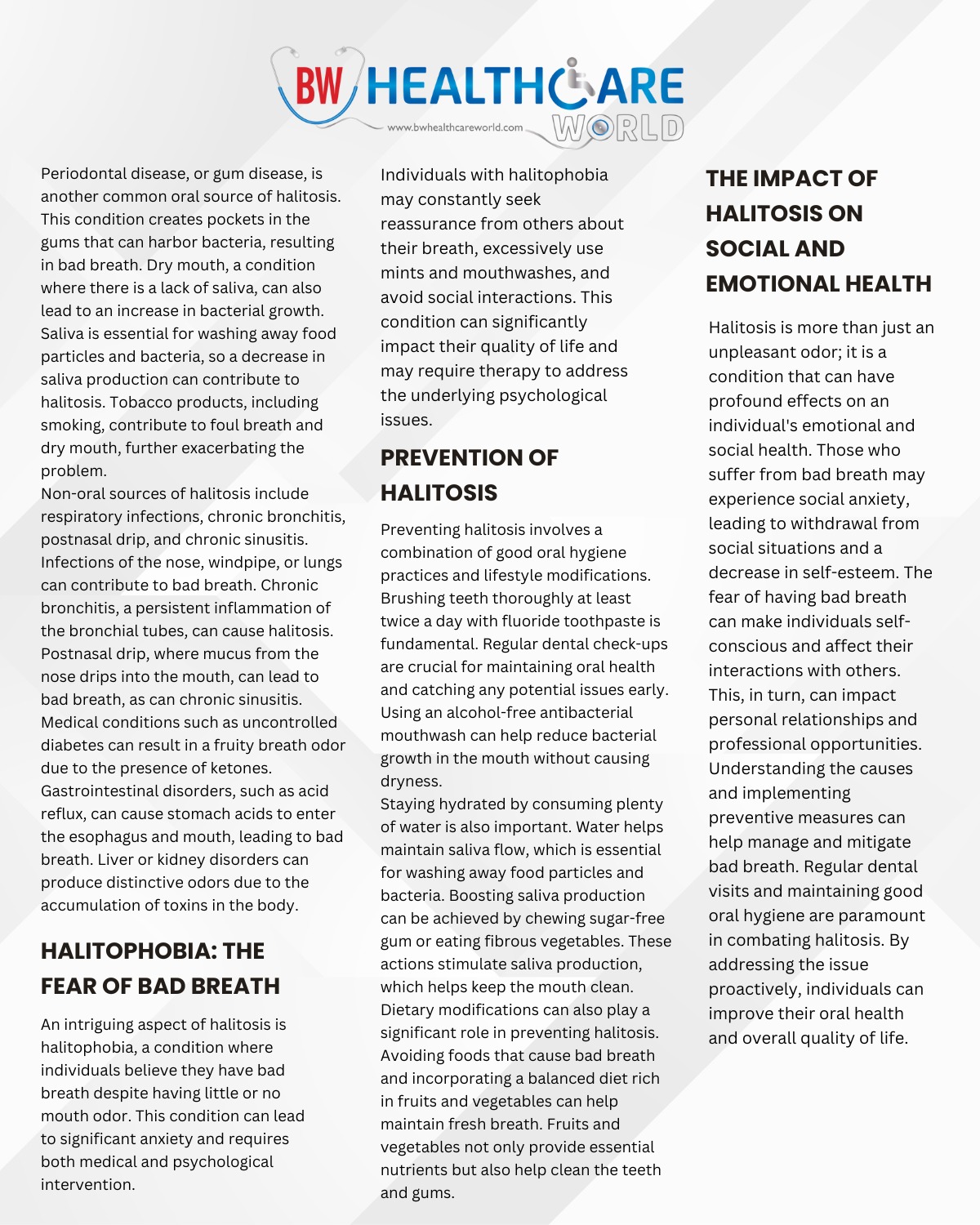
Jindal Dental Clinic sector 12 panchkula, With the blessings of almighty, we at Jindal Dental Clinic are elated to announce a brand-new addition of high-tech equipment in our dental practice in the form of Dental Microscope. This tool will benefit the patients in terms of correct diagnosis and precise and flawless treatment.
Micro –Dentistry and Micro –Endodontic are the dental treatments performed under dental operating microscope. By magnifying vision up to 25 times that of the naked eye, the dental microscope is useful in both diagnosis and treatment. Magnification improves accuracy of tooth preparations and margins preventing damage to adjacent teeth and connective tissue during all kinds of dental operations and surgery. The microscopes have built-in high-intensity lights, which allow high visibility for areas that are otherwise hard to see. Some features of tooth damage, like many kinds of cracks, are just not visible without significant magnification (16x at least). A microscope is an invaluable resource for the endodontist. The root canal procedure takes place in a very small area of the tooth. The procedure takes expert precision to navigate through the intricate roots and canals. Missed canals often mean unresolved infections, which may mean a repeat of the procedure.
Over the last three years, the use of the dental microscope has doubled. Dentists are going through the growing pains of learning the microscope technology because the use of magnification improves their practice virtually overnight, mostly because dentists can see what they are treating and will less often commit errors of omission.
Advantage of Micro-Dentistry
- Increased Vision
- Improve in overall quality of the treatment
- Minimally invasive treatment
- Lesser time for the final occlusal check
- Ergonomic working position
- Comfort and motivation of the dentist
- Better communication with the patient and dental assistant
- Avoid of iatrogenic damages
